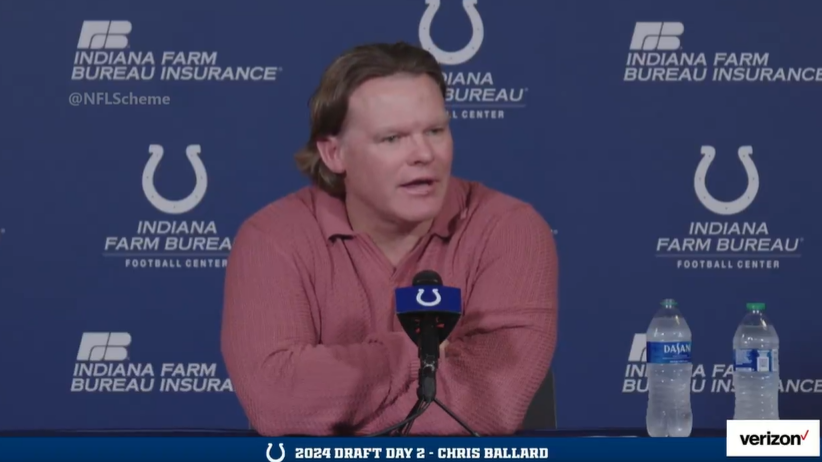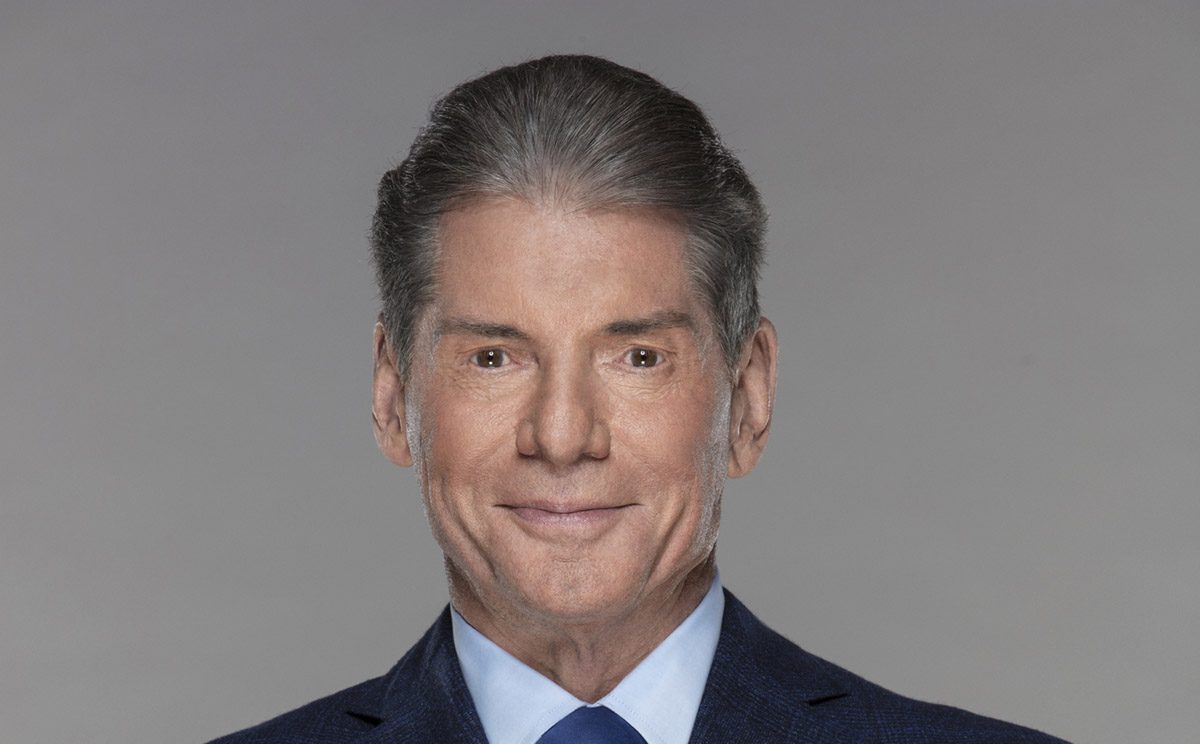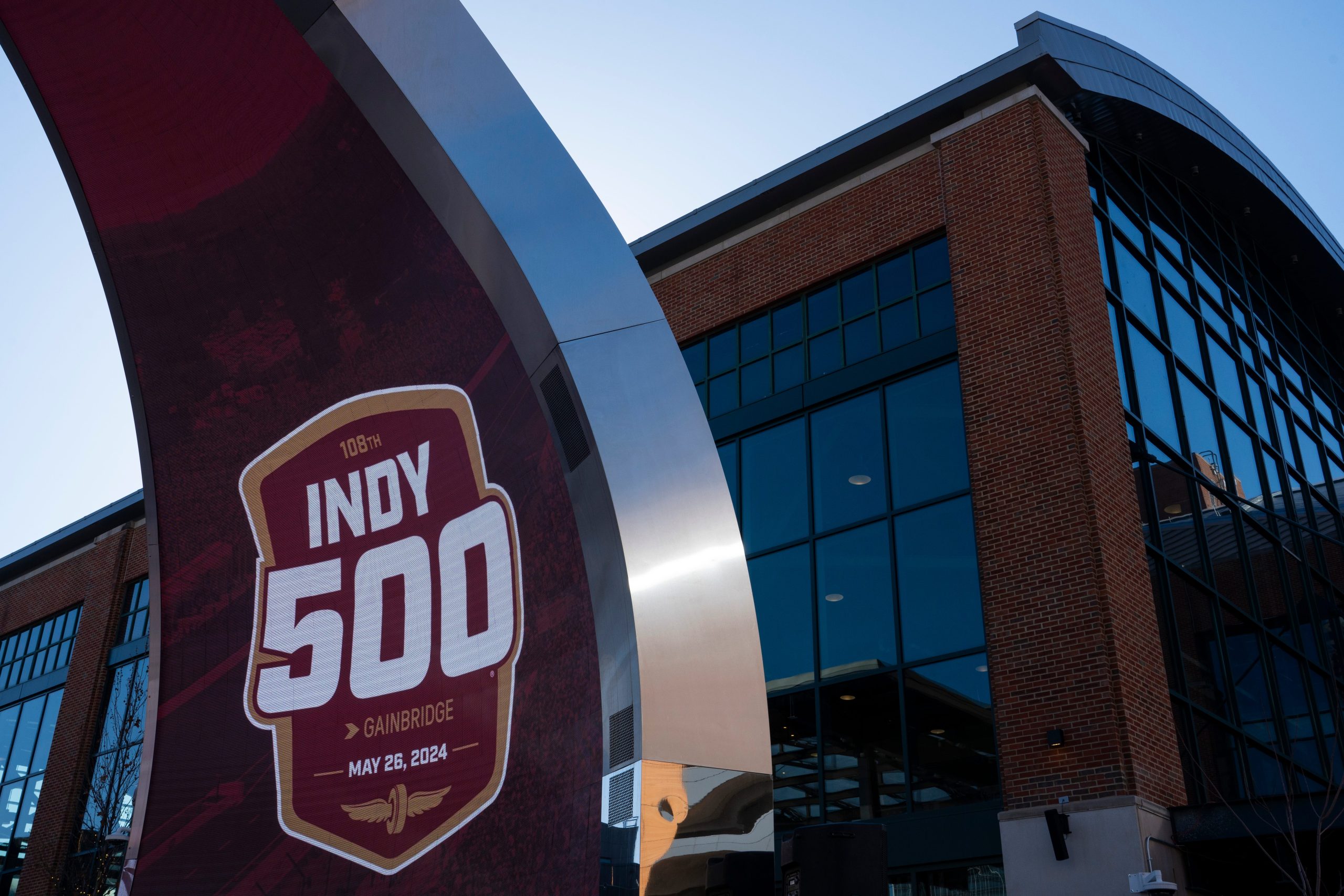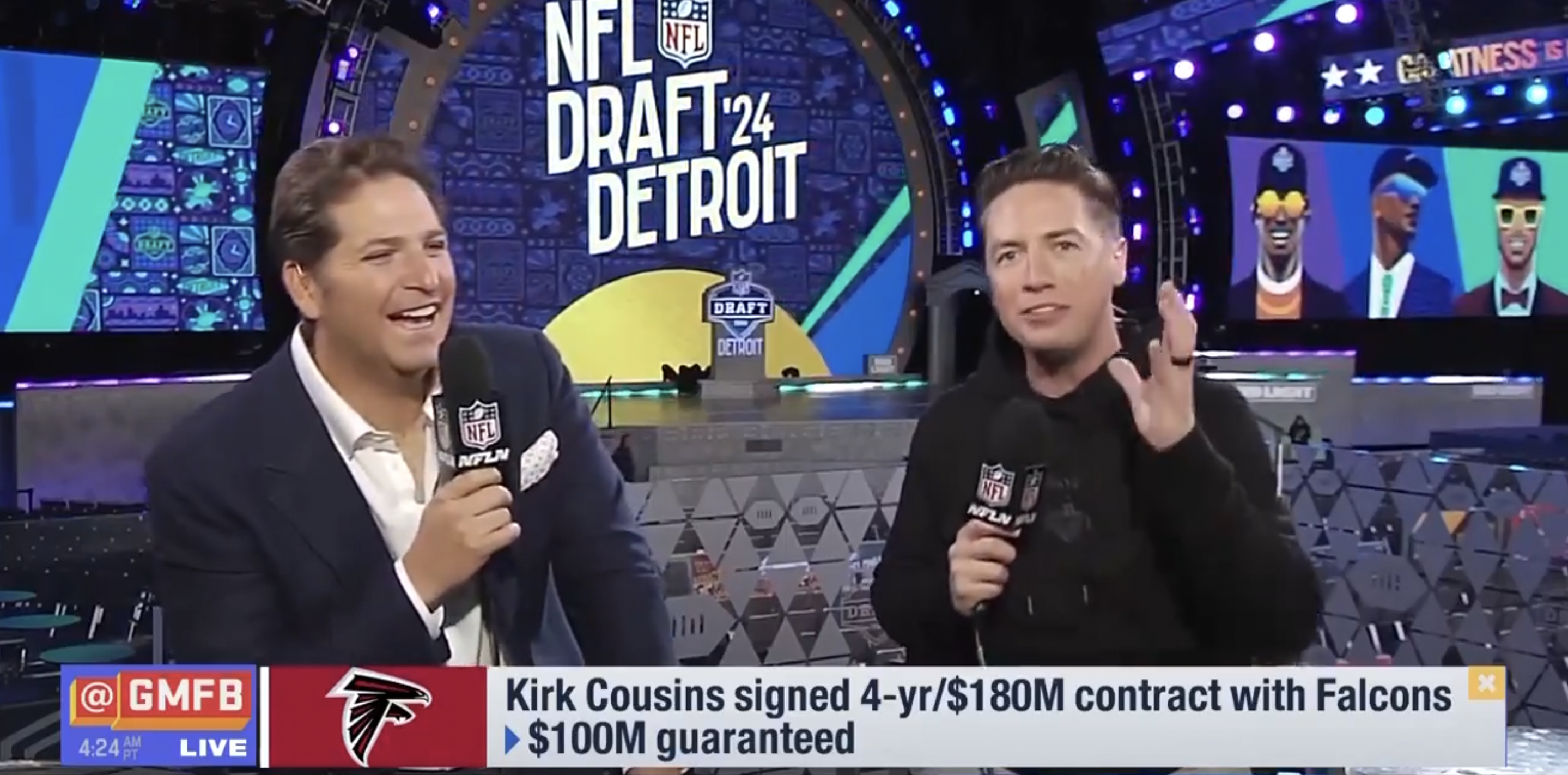Back in July, Disney CEO Bob Iger made a lot of headlines with comments on CNBC. There, he suggested that the company’s linear TV networks, including ABC, “may not be core” to Disney, and that while they weren’t planning to get rid of ESPN entirely, they might sell a minority stake or stakes to a strategic partner or partners.
Since those initial comments, there’s been a lot of reporting on what those strategic partnerships might look like. At first, that included significant suggestions of private equity companies. Those made some sense as a way to inject cash and spread out risk around ESPN’s planned shift to offering a full direct-to-consumer version of its linear TV offerings, and Iger did describe access to capital and risk allocation as potential targets in his initial remarks.
But Iger said there that risk mitigation wouldn’t be the primary rationale. And it was unclear if those companies would provide meaningful value in content or distribution, the other two areas he initially cited as having strategic partnership potential. The idea of private equity firms investing in ESPN also concerned many sports fans, considering that private equity ownership has been blamed for massive reductions in staffing at newspapers and other media outlets over the last decades.
Following that, there were discussions of ESPN perhaps partnering with leagues, with that possibly including deals for local broadcast and streaming rights. The idea of a company like ESPN that’s both a game broadcaster and a journalistic entity selling equity stakes to leagues obviously raises its own questions, though. And those exist on multiple fronts, including with what that means for broadcast deals, game broadcasts, and coverage of those leagues outside of games.
Perhaps the most logical suggestion came at the end of July, where Andrew Marchand of The New York Post reported that “The strategic partner for ESPN is expected to come from the tech world — with companies such as Apple, Amazon, Google, Microsoft, Verizon and T-Mobile all on the radar” and “There is some level of interest from most of the major tech world. The tech platforms are the clear direction Disney/ESPN is looking for as it seeks a minority investment.” Marchand noted there that distribution was the primary focus for ESPN at that point, and that tech companies and phone/internet companies could be particularly helpful there.
And Marchand expanded on that in significantly more detail Monday. There, he wrote that ESPN is now looking more at forming two partnerships for a combined 10 percent stake (rather than the previously-discussed one partner for 10 percent), but that number could change. But one of those would be with a tech company and one with a phone/internet company. Here’s more from that piece:
Disney’s hope is to find two partners for ESPN as it attempts to sell a piece of the sports network, The Post has learned.
In an ideal world, ESPN would have a digital company, like Apple, and a mobile platform, such as Verizon, to go in together so it can leverage its sports assets with the best distribution channels. It is believed Disney only wants to sell 10 percent of ESPN, but this number could be fluid.
…There are clear leaders in distribution with companies like Apple and Amazon being among the digital kings. ESPN on Apple would allow it to be preinstalled on all Apple devices around the world and could become a default app on the company’s phones, iPads and computers, while also being able to further leverage Apple’s incredible subscription strength. This could work with many of the top digital players, including Google/YouTube and Microsoft, but Apple makes a lot of sense.
The mobile aspect in ESPN’s two-pronged distribution approach would allow the network to be on every phone and come with service contracts. There would be a ubiquity to it, which would create a smoother transition as the cable bundle weakens and direct-to-consumer potentially becomes a better business. Verizon and T-Mobile are among the potential partners.
The preinstalled portion of that with Apple is certainly interesting. There is an extensive list of preinstalled applications on iOS devices, but those are mostly first-party Apple apps for largely generic purposes. Having the specific ESPN app added into that list might draw some backlash; preinstalled-by-default certainly didn’t work out well with U2’s “Songs of Innocence” album. (Unlike that album at first, though, the preinstalled apps are largely removable, and there hasn’t been as much backlash over preinstalled apps as there was with that album, partly because they’re easier to ignore.)
But if ESPN is able to work out a deal for that, that could have major benefits. If it doesn’t come with too much backlash, and if it includes a free trial to ESPN+ (at first) or full direct-to-consumer ESPN (which Marchand writes is now “ever-likelier” to launch in 2025, a change from the initial 2025 or 2026 discussion), that could definitely bolster those services’ numbers and give ESPN some of the distribution edges they’re seeking. (However, there would undoubtedly be discussions about the cut Apple gets for purchases through it, a long subject of contention and one at play in an ongoing Epic vs. Apple App Store lawsuit.)
And similar cases for a distribution edge can be made for partnerships with Google (which has its own first-party apps, but the pre-installed list varies by device manufacturer and the version of Android it’s running), Verizon, T-Mobile, and Amazon (with connected-TV and tablet devices rather than phones in that last case, but it’s a similar principle). The phone/internet companies also often offer free trials and/or bundle discounts for streaming services, and Microsoft and Amazon (also like Google and Apple) also have their own subscription services that could come with bundles or discounts for ESPN services.
So all of these companies could be useful in increasing ESPN’s reach, especially around this direct-to-consumer transition. There could even be content advantages too, perhaps with partnerships in developing non-game content for each company’s streaming platforms, or perhaps even with increased broadcast sublicensing or shared production or on-air talent.
Of course, as with any of these talks, everything will come down to terms. There’s clearly some interest in this idea from both ESPN and from some to all of these tech companies. But there are a lot of potential factors that would go into any deal, including how much any of these companies would be willing to pay, just how much of a stake they would get, and just what level of distribution or content advantages they would commit to providing ESPN.
And that’s a complicated multi-variable equation to assess. Presuming multiple partners do wind up seriously interested, would Disney take the most cash offered, or would the specific distribution or content terms matter more? At this point, none of that seems particularly clear (and no deal indeed may be struck; the Pac-12 explored selling equity for a long while and eventually decided not to).
But Marchand’s new report does give a better idea of just what ESPN is looking at, especially with the idea of multiple partners (and perhaps one tech one and one phone/internet one), and especially with the emphasis on them seeking distribution help.







